When we talk about buying copiers for our business, we often fixate on the sticker price. But that’s just the beginning of the story. We’ve learned the hard way that maintenance costs, supply expenses, energy consumption, and service agreements can push the total ownership cost to nearly double the purchase price. Let’s unpack what you should consider before signing that purchase order—your budget depends on it.
Expert Highlights
- Initial purchase price typically represents only 20-30% of the total cost of ownership.
- Service contracts cover maintenance but vary in response times, exclusions, and cost structures.
- Supply consumption costs (toner, drums, waste containers) often exceed the initial equipment price.
- Energy-efficient models with ENERGY STAR certification can reduce electricity costs by 15-30%.
- Replacement planning should occur at 4-5 years when maintenance costs start exceeding equipment value.
Initial Purchase vs. Total Ownership Costs
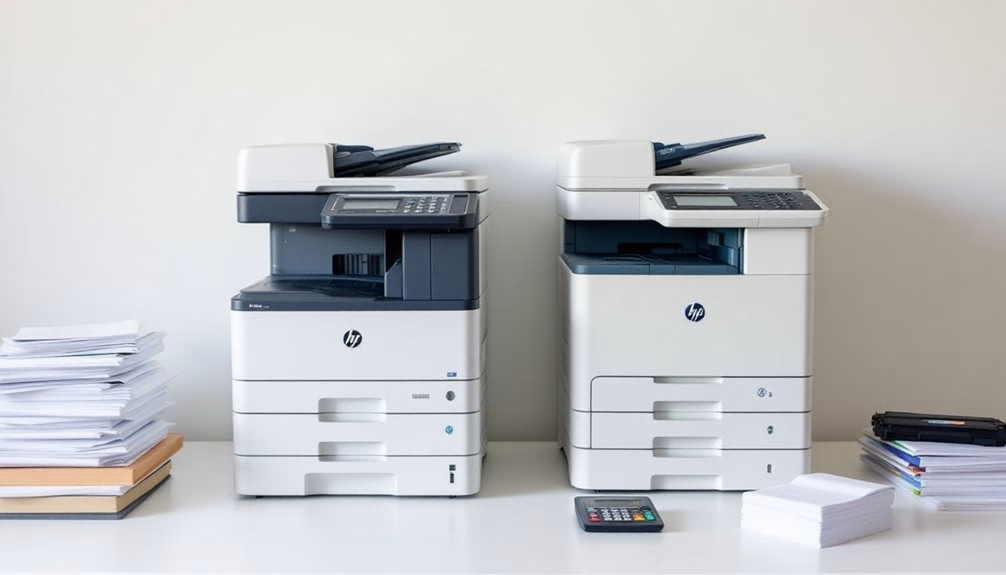
While the sticker price of a copier often draws immediate attention, it represents only a fraction of what businesses will ultimately pay throughout the device’s lifecycle.
We’ve found that initial costs typically account for just 20-30% of total ownership expenses.
When we’re making these investments together, let’s look beyond the upfront price.
The real story unfolds in ongoing costs: maintenance, supplies, energy consumption, and eventual replacement. A seemingly expensive machine with efficient toner usage and lower repair needs might actually save us thousands over its lifespan.
Let’s consider our total investment, not just today’s check.
With our entry-level devices priced from $2,399 to $3,199, we offer flexible financing options that help businesses manage their upfront investment while planning for long-term costs.
Maintenance Agreements and Service Contracts
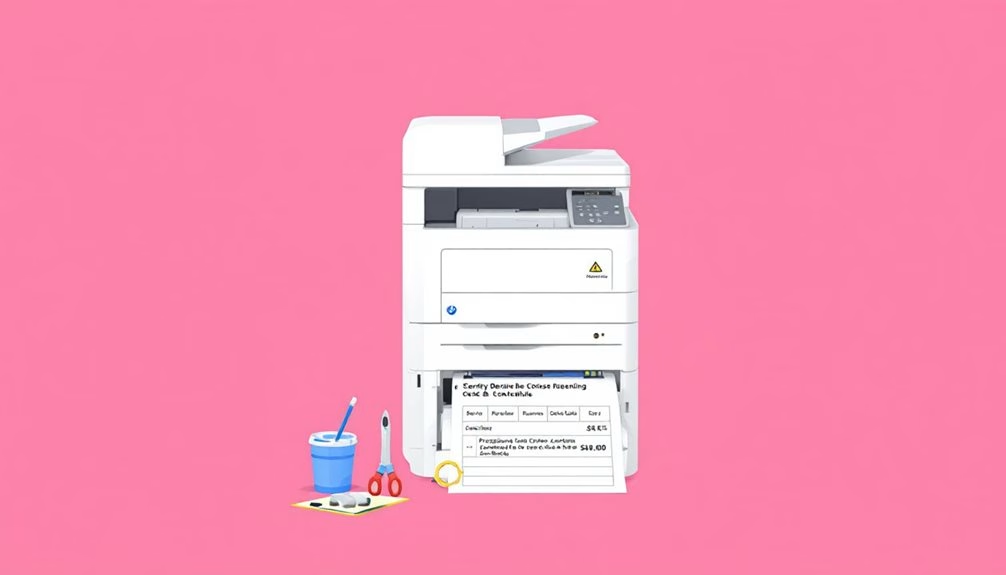
Speaking of ongoing expenses, maintenance agreements and service contracts form a significant portion of your copier’s lifetime cost.
We recommend comparing coverage options carefully before signing.
Most contracts include regular maintenance, toner replacement, and repair services. Pay attention to response time guarantees and exclusions that might trigger additional charges.
Contract fine print matters—exclusions and delayed service response can significantly inflate your real copier costs.
We’ve found that the cheapest contracts often exclude essential components or limit service calls. Consider whether you need 24/7 support or if standard business hours suffice.
Many of our colleagues negotiate multi-year agreements for better rates.
Our factory-trained technicians provide preventive maintenance to reduce costs through early identification of issues using genuine OEM components for all major brands.
Supply Consumption and Replacement Expenses
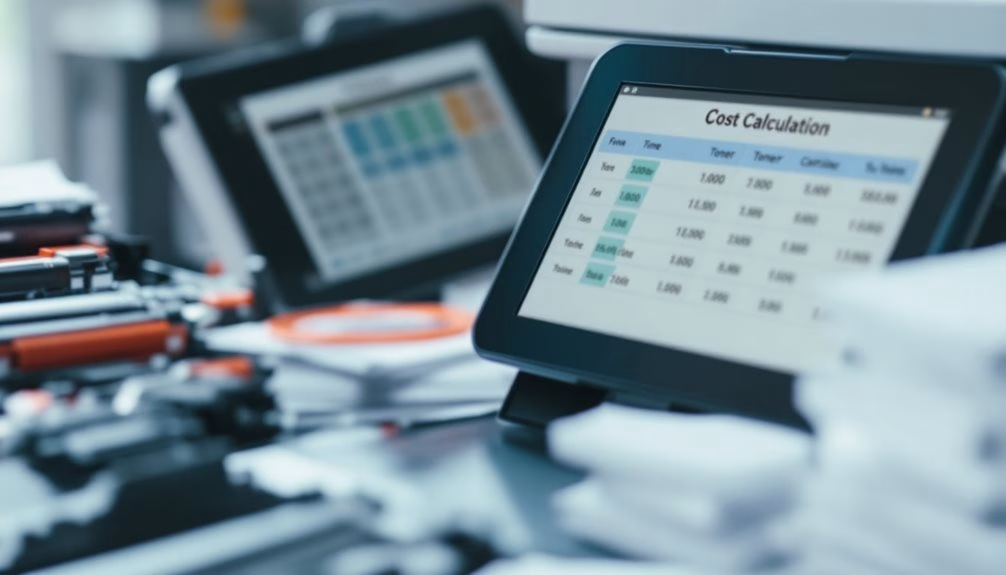
Beyond the initial purchase price and service contracts, supply consumption represents a significant expense that many organizations underestimate when budgeting for copiers.
We’ve all been surprised by these hidden costs. To help you plan more effectively, here are the key supply expenses we need to track:
- Toner cartridges (typically the highest recurring cost)
- Imaging drums and developer units
- Waste toner containers and maintenance kits
- Specialty media (letterhead, card stock, labels)
Implementing Managed Print Services can reduce these printing expenses by up to 30% through improved device usage and automated supply monitoring.
Energy Efficiency and Operational Impact
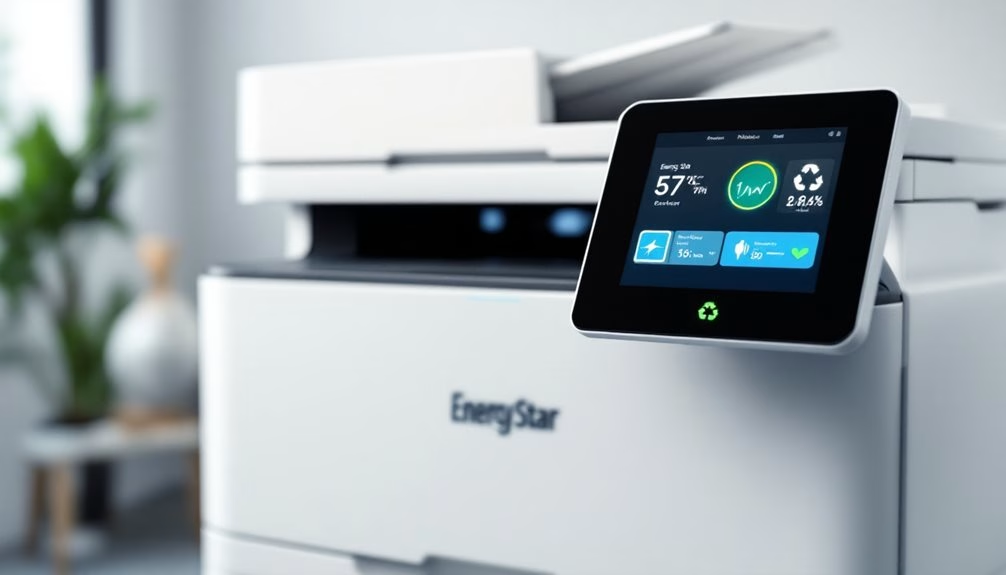
Most organizations overlook the significant impact that a copier’s energy consumption has on total ownership costs.
We’ve found that energy-efficient models can reduce your electricity bills by 15-30% compared to older units.
Look for ENERGY STAR certification when choosing new equipment. These copiers automatically switch to sleep mode during inactivity, cutting power use by up to 90%.
We also recommend considering your workflow patterns. Centralized copiers might use less energy overall than distributed desktop printers.
Let’s not forget HVAC implications—efficient machines generate less heat, reducing cooling demands in your workspace.
Our team can help you select advanced features that balance energy efficiency with the performance capabilities needed for your specific business requirements.
Depreciation, Downtime, and Replacement Planning
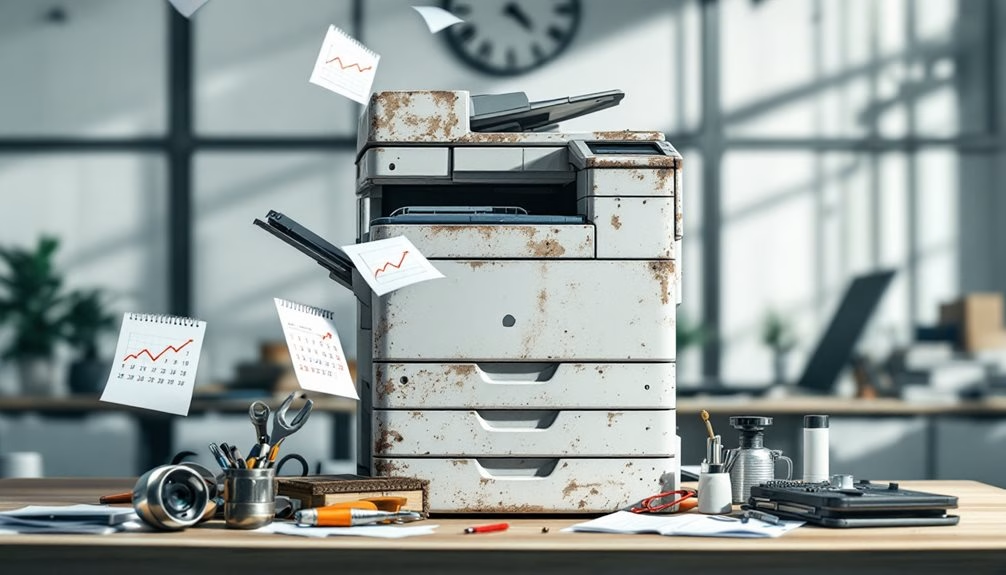
While depreciation schedules directly affect your balance sheet, they’re often misunderstood in copier investment decisions. We need to evaluate how downtime and replacement timing impact our total ownership costs.
Here’s what savvy organizations like ours should track:
- Annual depreciation rate for tax benefits (typically 20% for office equipment)
- Productivity losses during unexpected downtime
- Maintenance cost increases after year three
- Ideal replacement window (usually 4-5 years before repair costs exceed value)
Businesses that upgrade to modern Multi-Function Printers can reduce their total cost of ownership by up to 30% through energy-efficient operation and high-yield toner options.
Frequently Asked Questions
How Do Leasing Options Compare to Outright Ownership for Copiers?
Leasing copiers offers lower upfront costs and maintenance support, while ownership gives us long-term savings. We’ll help you decide which aligns with your budget and usage needs.
What Security Features Should Be Considered in Copier Lifecycle Costs?
We need to budget for user authentication, secure printing, hard drive encryption, automatic data wiping, and firmware updates. These features add upfront costs but protect our sensitive information long-term.
Can Copier Software Upgrades Affect Overall Lifecycle Costs?
Yes, copier software upgrades impact our lifecycle costs through subscription fees, productivity gains, and compatibility requirements. We’ll need to budget for regular updates to maintain security and functionality throughout ownership.
How Do Paper and Document Management Systems Affect Copier Efficiency?
We’ve found document management systems streamline workflows, reducing paper waste and saving time. They’re part of our ecosystem, helping us maximize copier efficiency while cutting unnecessary printing costs.
What Environmental Compliance Costs Are Associated With Copier Disposal?
We’ll face costs for proper e-waste disposal, recycling fees, and potential fines for non-compliance with hazardous material regulations when disposing of our copiers. Let’s budget for these expenses.
Expert Final Thoughts
We’ve seen how the true cost of copiers extends far beyond the sticker price. By evaluating maintenance agreements, supply consumption, energy efficiency, and long-term replacement needs, we’re better positioned to make informed decisions. Let’s remember that initial savings often lead to higher expenses down the road. When we consider the complete lifecycle costs, we’ll choose equipment that truly delivers value for our organization.
About the Expert
Rafael M.
CEO of JR Copier
With over 35 years of hands-on experience in the copier and office printer industry, Rafael brings unparalleled expertise to every client interaction. His journey from service technician to CEO provides him with comprehensive understanding of all aspects of the business.
Areas of Expertise: Copier and printer sales, equipment leasing strategies, maintenance solutions, and managed print services. Rafael's deep industry knowledge ensures clients receive expert guidance, transparent pricing, and exceptional service for all their office equipment needs.
Connect on LinkedIn